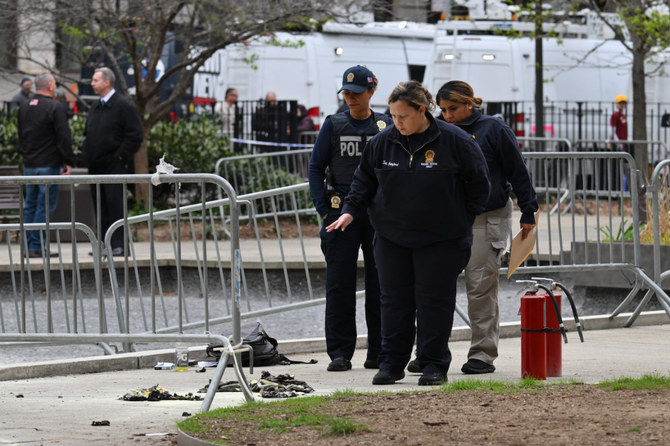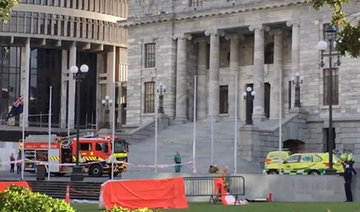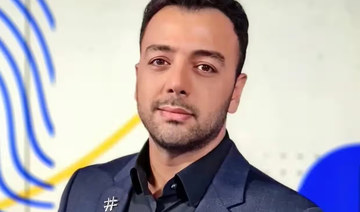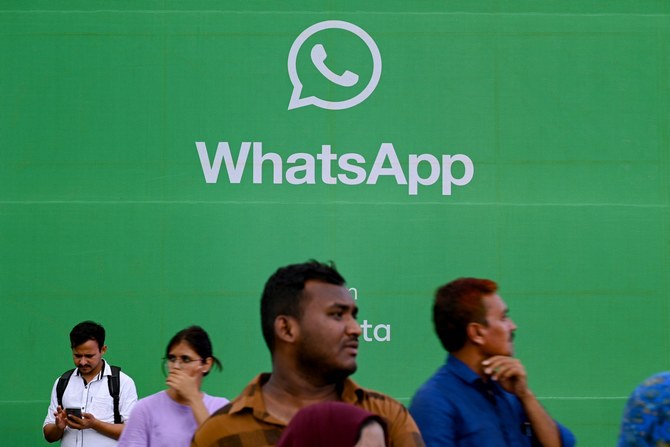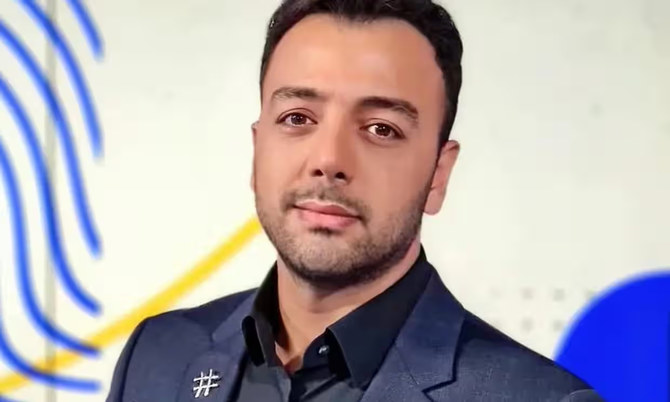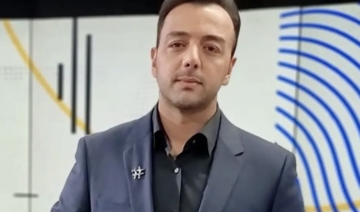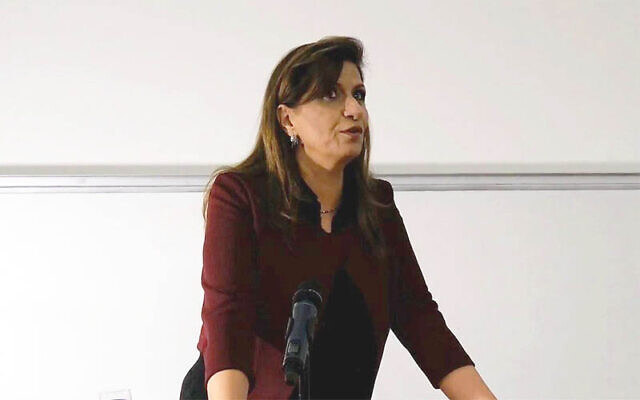LONDON: Three top executives quit Twitter on Wednesday as questions continue to swirl around Tesla magnate Elon Musk’s deal to buy the platform.
The departure of Ilya Brown, vice president of product management; Katrina Lane, vice president of Twitter Service, and Max Schmeiser, head of data science, comes shortly after Twitter CEO Parag Agrawal fired two top executives, Kayvon Beykpour, the company’s general manager, and Bruce Falck, head of revenue.
“We are thankful for all of their hard work and leadership,” a Twitter spokesperson commented following the latest departures. “We continue to be focused on providing the very best experience to the people on Twitter.”
Earlier this month, Musk said that a potential mass resignation of Twitter employees is “fine” following his deal to buy the social media company.
“It’s a free country,” Musk said at the Met Gala. “Certainly if anyone doesn’t feel comfortable with that, they will on their own accord go somewhere else. That’s fine.”
The Tesla CEO agreed on a $44 billion deal to buy Twitter in April, but last week said the agreement was “on hold” while he sought clarification about possible fake accounts.
Twitter CEO Agrawal said that internal estimates of spam accounts for the past four quarters were “well under 5 percent,” but has refused to explain how the figure was reached.
“We don’t believe this specific estimation can be performed externally, given the critical need to use both public and private information (which we can’t share),” he said.
On Tuesday, however, Musk said that Agrawal had “publicly refused to show proof” that less than 5 percent of Twitter’s accounts were fake, and said the deal “cannot move forward” until evidence is provided.
Musk suggested that up to 20 percent of the platform’s 229 million accounts could be spam bots.






